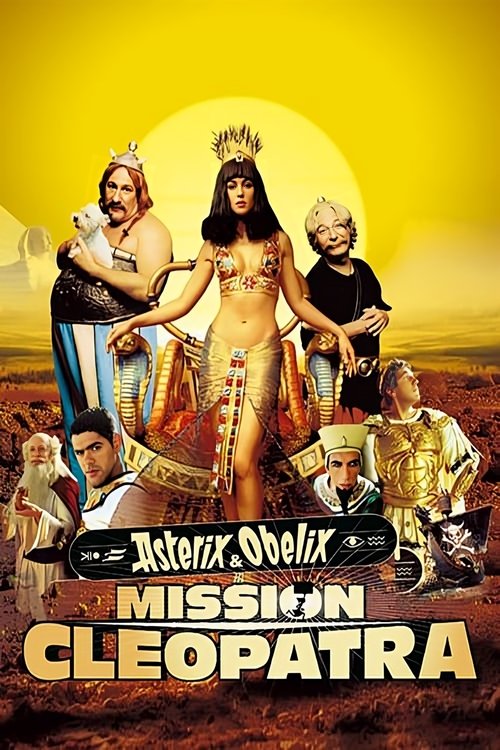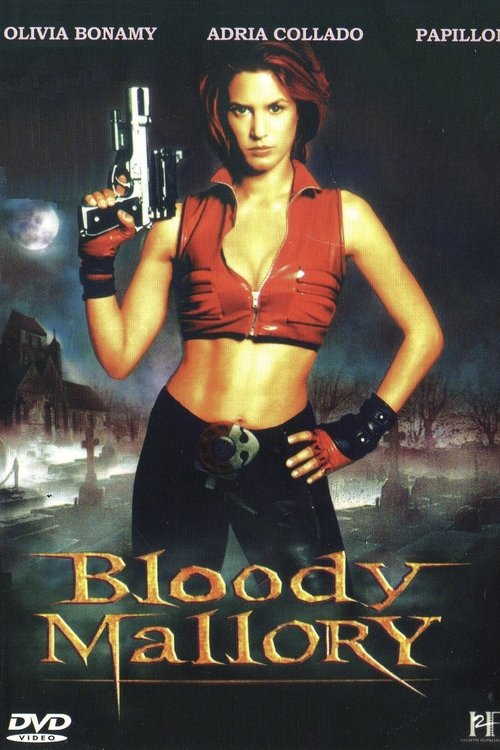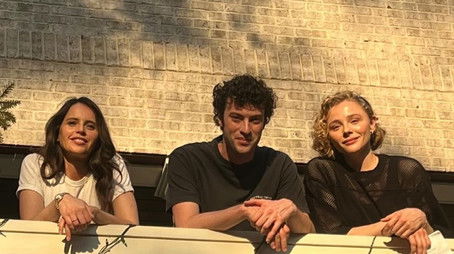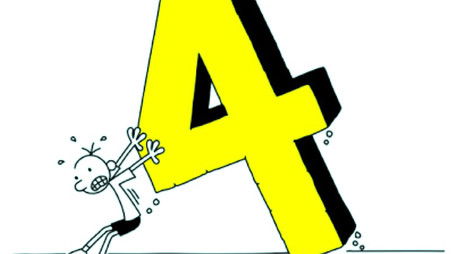
Ask Your Own Question
What is the plot?
What is the ending?
In the ending of "Asterix & Obelix: Mission Cleopatra," the construction of the palace for Cleopatra is completed just in time to impress Julius Caesar. Cleopatra's gamble pays off, and she successfully proves her point about the strength and ingenuity of the Egyptian people. Asterix and Obelix, along with their friends, celebrate their victory, and the film concludes with a sense of triumph and camaraderie.
Now, let's delve into the ending in a more detailed narrative fashion.
As the sun begins to set over the bustling construction site, the atmosphere is charged with anticipation. The grand palace, a testament to the hard work and determination of Asterix, Obelix, and the Egyptian workers, stands tall and magnificent. Cleopatra, adorned in her regal attire, gazes at the structure with a mix of pride and anxiety. She knows that the success of this project is crucial not only for her reputation but also for her standing against Julius Caesar.
The scene shifts to Julius Caesar, who arrives with his entourage, his expression a blend of skepticism and curiosity. He is greeted by Cleopatra, who stands confidently before him, her heart racing. The moment is tense; the stakes are high. As Caesar inspects the palace, he is initially unimpressed, but as he walks through the grand halls, he begins to see the brilliance of the design and the craftsmanship that went into it.
Asterix and Obelix, who have been working tirelessly alongside the Egyptian workers, watch from a distance. Asterix, ever the optimist, believes in the strength of their teamwork and the magic of the potion that gives them their extraordinary abilities. Obelix, meanwhile, is more concerned about the banquet that is promised to celebrate their success, his stomach rumbling in anticipation.
As Caesar finally acknowledges the palace's grandeur, he begrudgingly admits that Cleopatra has succeeded in her challenge. The tension dissipates, and a sense of relief washes over Cleopatra and her team. The workers cheer, their hard work validated. Asterix and Obelix share a proud glance, knowing they played a crucial role in this victory.
In the final moments, Cleopatra invites everyone to a grand feast to celebrate their achievement. The scene transitions to a lavish banquet, filled with laughter, music, and an abundance of food. Asterix and Obelix are at the center of the festivities, enjoying the fruits of their labor. Obelix, with his insatiable appetite, is particularly delighted, devouring plate after plate of food.
As the camera pans out, the joyous atmosphere encapsulates the spirit of friendship and collaboration. The film closes with a sense of unity among the characters, highlighting the importance of teamwork and perseverance in the face of challenges. Asterix and Obelix, having proven their worth once again, are celebrated as heroes, their bond stronger than ever.
In summary, the fates of the main characters are as follows: Cleopatra emerges victorious, having secured her reputation; Julius Caesar, though begrudgingly impressed, acknowledges her success; Asterix and Obelix return to their village as celebrated heroes, their friendship and loyalty intact, ready for their next adventure.
Is there a post-credit scene?
In "Asterix & Obelix: Mission Cleopatra," there is indeed a post-credit scene that adds a humorous touch to the film. After the credits roll, viewers are treated to a brief moment featuring the character of Julius Caesar. He is seen in a comical situation, where he is trying to get a message across to his troops. The scene highlights Caesar's frustration and the absurdity of his attempts to maintain control over the situation, reflecting the film's overall comedic tone. This light-hearted conclusion serves to reinforce the playful nature of the story and leaves the audience with a smile as they exit the theater.
What role does Cleopatra play in the story of Asterix & Obelix: Mission Cleopatra?
Cleopatra is the central figure who commissions the construction of a magnificent palace in Alexandria to prove her greatness to Julius Caesar. Her determination and pride drive the plot, as she seeks to outshine Caesar and demonstrate her power.
How do Asterix and Obelix get involved in the construction of Cleopatra's palace?
Asterix and Obelix are summoned to Egypt by Cleopatra to help with the construction of her palace. They are chosen for their strength and resourcefulness, and they embark on a journey to assist the Egyptian architect, Edifis, in overcoming various challenges.
What challenges do Asterix and Obelix face while helping Edifis?
Throughout the construction, Asterix and Obelix encounter numerous obstacles, including sabotage from rival builders, the harsh desert environment, and the need to gather materials. Their adventures are filled with comedic moments and showcase their friendship and teamwork.
Who is Edifis and what is his significance in the story?
Edifis is the architect tasked with building Cleopatra's palace. He is portrayed as a dedicated but somewhat anxious character who struggles under the pressure of Cleopatra's demands. His relationship with Asterix and Obelix evolves as they help him gain confidence and overcome the challenges he faces.
What is the significance of Julius Caesar's character in the film?
Julius Caesar serves as the antagonist in the story, representing the Roman Empire's power and authority. His interactions with Cleopatra and the challenges he poses to Asterix and Obelix highlight the tension between the two cultures and add a layer of conflict to the narrative.
Is this family friendly?
"Asterix & Obelix: Mission Cleopatra" is generally considered a family-friendly film, appealing to both children and adults with its humor and adventure. However, there are a few scenes and aspects that might be considered potentially objectionable or upsetting for some children or sensitive viewers:
-
Mild Violence: There are comedic fight scenes and slapstick violence, including characters being hit or thrown around, which may be intense for very young viewers.
-
Slightly Suggestive Humor: Some jokes and visual gags may contain innuendos or suggestive themes that might go over the heads of children but could be considered inappropriate by some parents.
-
Character Misfortunes: Certain characters experience misfortune or humiliation, which could be upsetting for sensitive viewers, particularly when they are portrayed in a comedic light.
-
Cultural Stereotypes: The film includes exaggerated portrayals of various cultures, which might be seen as insensitive or stereotypical by some audiences.
-
Mild Language: There are instances of mild swearing or crude language that may not be suitable for all children.
Overall, while the film is designed for a family audience, these elements may warrant parental guidance for younger viewers.





































































